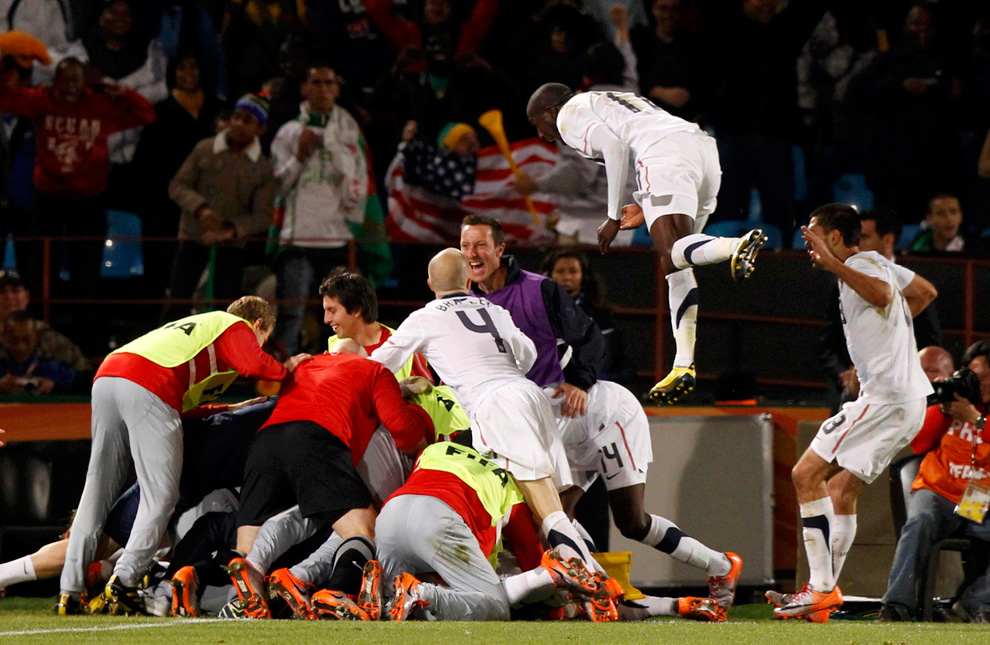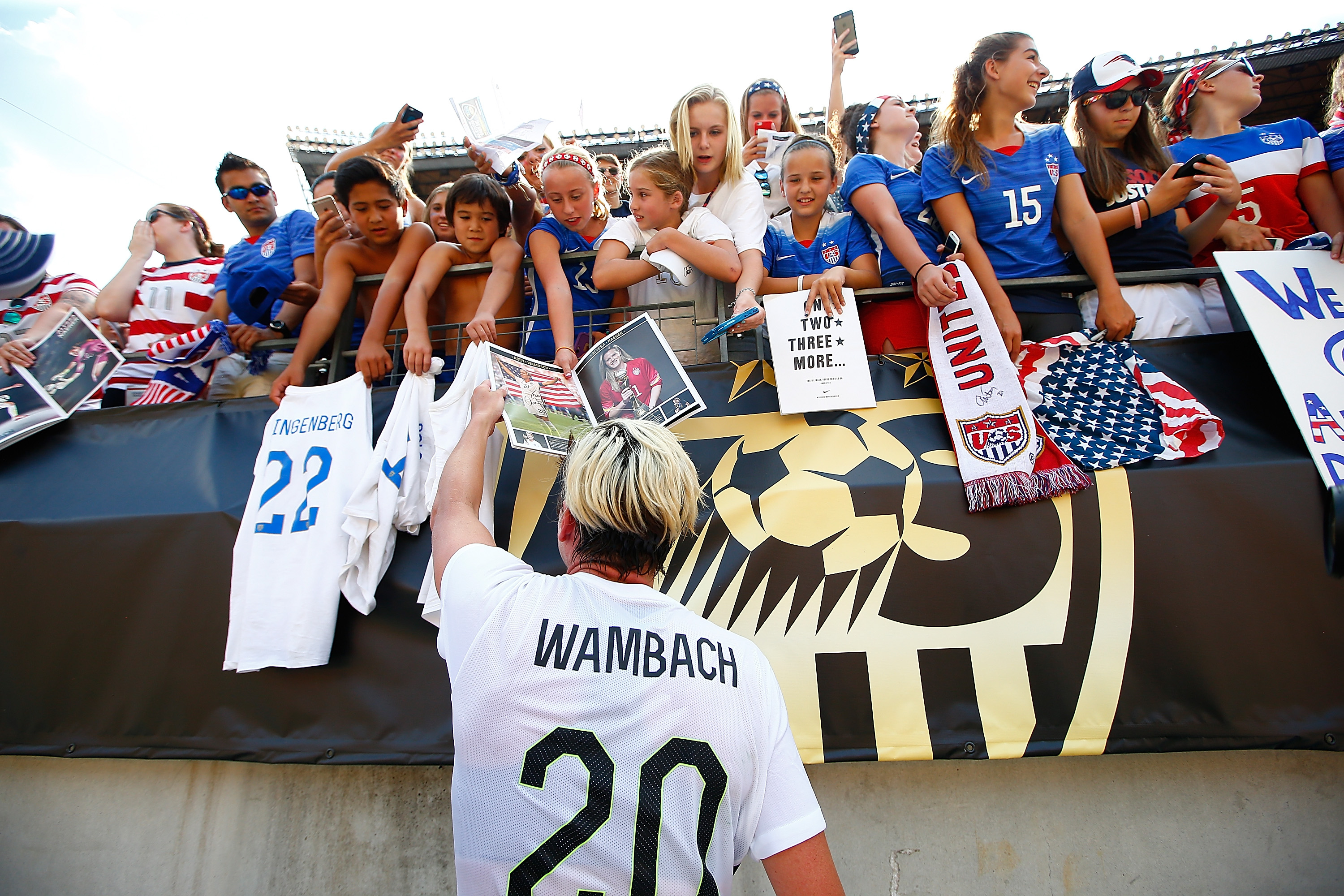We’re just over six months away from arguably the biggest soccer tournament to hit the United States of America since the 1994 World Cup — with the 10 teams from South America joining six CONCACAF teams for the Centennial Copa America tournament.
On Thursday, the seeding and scheduling was announced for the tournament. There wasn’t much mystery or controversy surrounding the four teams that were seeded for this tournament, with Argentina, Brazil, Mexico and the United States earning the four top seeds.
A draw will be held early in 2016 for the group stage, but all of that wasn’t the most important news broken regarding the Centennial Copa America. Instead, that was the schedule for games featuring the four top teams and likely favorites in the tournament.
FoxSports.com reported that these would be the dates and locations for all four of the seeded teams:
The United States is the top seed in Group A and will host the tournament opener at Santa Clara on June 3, organizers said Thursday. The Americans play at Chicago four days later and at Philadelphia on June 11.
If the U.S. wins its group, its path to the final would include a quarterfinal at Seattle and a semifinal at Houston. If the Americans finish second, their route would be a quarterfinal at East Rutherford and a semifinal at Chicago.
Brazil heads Group B and plays at Pasadena, California (June 4), Orlando, Florida (June 8) and Foxborough (June 12).
Mexico is seeded in Group C and plays at Glendale (June 5), Pasadena (June 9) and Houston (June 13).
Argentina tops Group D and plays at Santa Clara (June 6), Chicago (June 10) and Seattle (June 14).
One common theme is that it seems these teams are all starting out West and making their way East as the tournament’s group stage goes on. However, there is a rather large disparity in something that could be the ultimate tie-breaker in this quick tournament — travel.
A quick glance at the locations of the games for the four seeded teams makes it very clear that the deck is stacked in favor of Mexico, and it isn’t even close.
Mexico may have it easiest of anyone in the group stage, as they make a quick trip from Arizona to Southern California and then take off to Houston for the group stage finale. In total, the team will travel a whole 1,916.3 miles over the 12 days of their group stage play.
In total, El Tri will be in the air for 4 hours, 25 minutes during that same time.
Compare that to the host United States — who will travel through all four time zones in the United States and rack up more miles traveled in their move from Santa Clara to Chicago (2,163 miles) than Mexico will in the entire group stage.
The USMNT will travel a total of 2,922 miles from Santa Clara to Chicago to Philadelphia in their 12-day group stage period.
Brazil doesn’t have it easy either, traveling more miles from Pasadena to Orlando than almost anyone in their entire group stage journey — 2,508 miles. Add in the 1,277 miles from Orlando to Foxborough and you have the makings of a difficult road forward based on travel alone.
Argentina on the other hand, they’ll come in dead last on the list with a 4,227-mile journey through the group stage. However, it wins for having two of the three games in the same time zone and not having to travel to some very different climatic zones.
Santa Clara and Chicago could be very similar in terms of weather, while Seattle could be a welcome treat with a chance to be much nicer temperature for playing soccer.
Los Gauchos will also face nearly nine hours of flight time — a total that dwarfs anyone and is nearly double that of Mexico during this stage of the tournament.
Say what you want about the quality of these teams on the pitch, but travel in a tournament like this is also a major factor.
How these teams deal with that travel will likely play just as big a factor as any tactical decisions a manager or player makes in a given match.
If these are the travel schedules for the favorites, this tournament should get real interesting for those other 12 teams making the grade for the Centennial Copa America.






